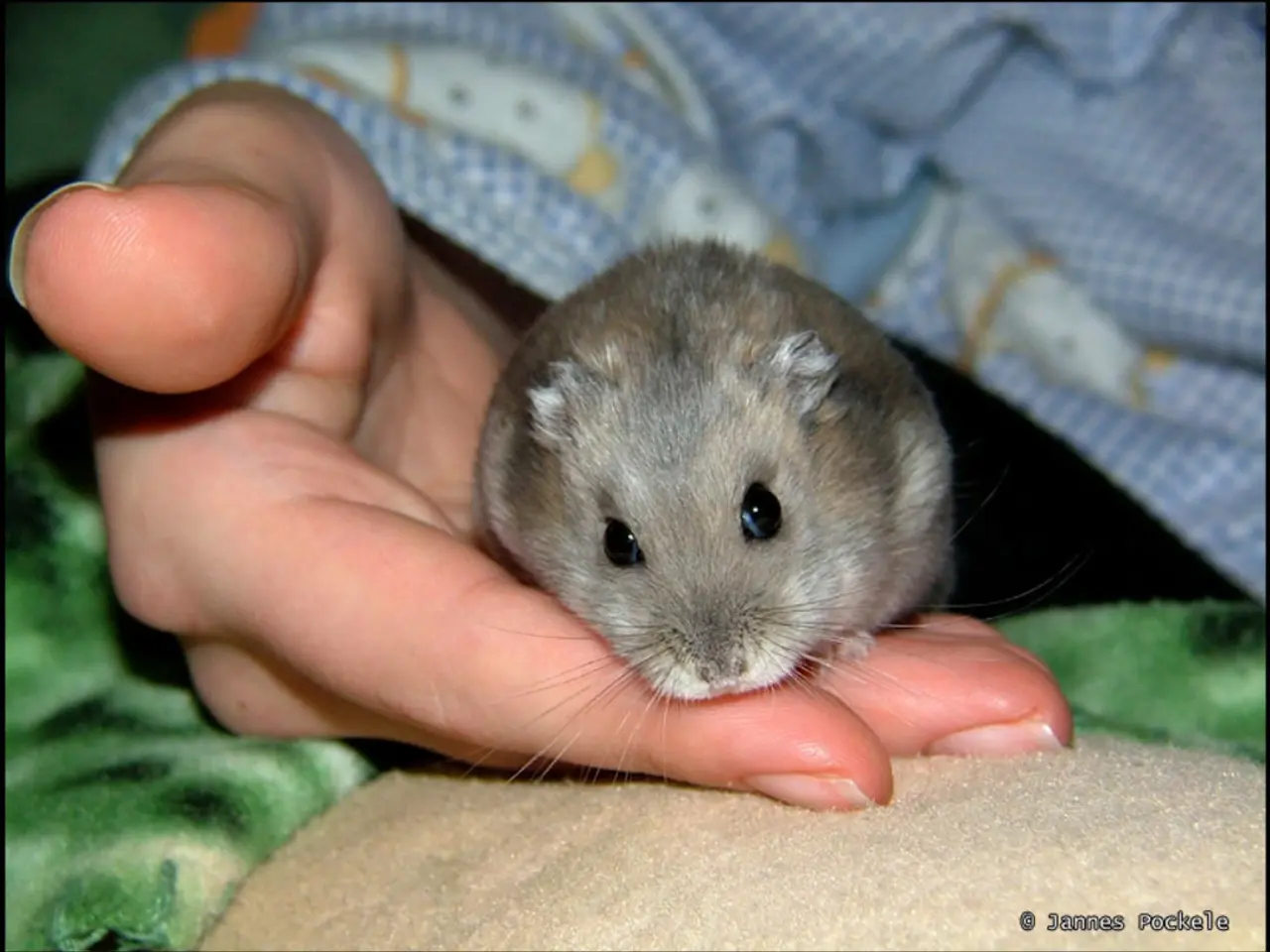Restoring SCN2A gene function in mice through CRISPR activation enhances neurodevelopmental outcomes.
In a groundbreaking study, scientists from the University of California, San Francisco (UCSF) have used CRISPR activation (CRISPRa) technology to potentially treat neurodevelopmental disorders caused by SCN2A haploinsufficiency. The research, led by Professor Kevin Bender from the UCSF Weill Institute for Neurosciences, found that when there isn't enough SCN2A, synapses fail to mature, despite the human brain anatomy remaining intact. SCN2A is a crucial gene that helps regulate the electrical activity of nerve cells in the brain. To address this issue, the scientists increased the expression of the functional SCN2A gene in mice. This intervention resulted in higher levels of the SCN2A protein throughout the brain, including normal amounts in human nerve cells. By ramping up SCN2A levels, the scientists were able to bring synapses online and restore signaling, preventing seizures. Regel Therapeutics has licensed this technology from UCSF to develop treatments for patients with SCN2A haploinsufficiency disorders. The natural limit of levels of this protein in SCN2A mice needs to be confirmed in future therapies for humans. Last year, Bender's team discovered that a disrupted reflex identified in SCN2A mice, known as the vestibulo-ocular reflex (VOR), mapped to humans, specifically in children with a variant of SCN2A associated with severe autism. The VOR is used to stabilize the gaze when the head is moving. Children with autism have a hypersensitive VOR compared to neurotypical children. The procedure worked in mice that were about the same age as 10-year-old children, suggesting that young human brains could still respond to treatment even after most development has been completed. The treated mice were no longer prone to seizures. However, additional testing is needed before a therapy like this could be used in human children, as too much of any protein might cause trouble. The scientists found that having extra protein present did not appear to harm mice with two functioning copies of SCN2A. The intervention worked both when the CRISPRa was introduced directly to the brain and also when it was injected into the blood. The preclinical work in mice engineered to carry the form of the mutation found in humans is published in a new Nature paper titled 'CRISPR activation for SCN2A-related neurodevelopmental disorders.' Scientists from UCSF and their collaborators are assessing whether they can use CRISPR technology to address some of the features of SCN2A haploinsufficiency. Children with a single functioning copy of the SCN2A gene develop a condition called SCN2A haploinsufficiency. Patients with this condition have defects in the connections between some brain cells and experience symptoms such as seizures and speaking difficulties. In this study, scientists from Bender's lab and Nadav Ahituv's collaborated to design a CRISPRa to double the expression of the healthy copy of SCN2A. The added protein improved existing neural connections in the mice as well as normal brain signals. This research offers hope for children and families affected by SCN2A haploinsufficiency, a condition that is one of the most frequent causes of neurodevelopmental disorders. Further research is needed to ensure the safety and efficacy of this treatment in humans.
Read also:
- New York joins a multistate health coalition to counteract chaos in federal vaccine distribution efforts
- Enhanced Iron Absorption in Female Health: Biotechnology Developed Plant Protein Outperforms Iron Supplements in Fermentation
- Controversy Surrounding Epstein Heats Up in Washington; Trump Endorses Homelessness Executive Order; More Events Reported
- Prevent the exploitation of our public health care systems for financial gain







